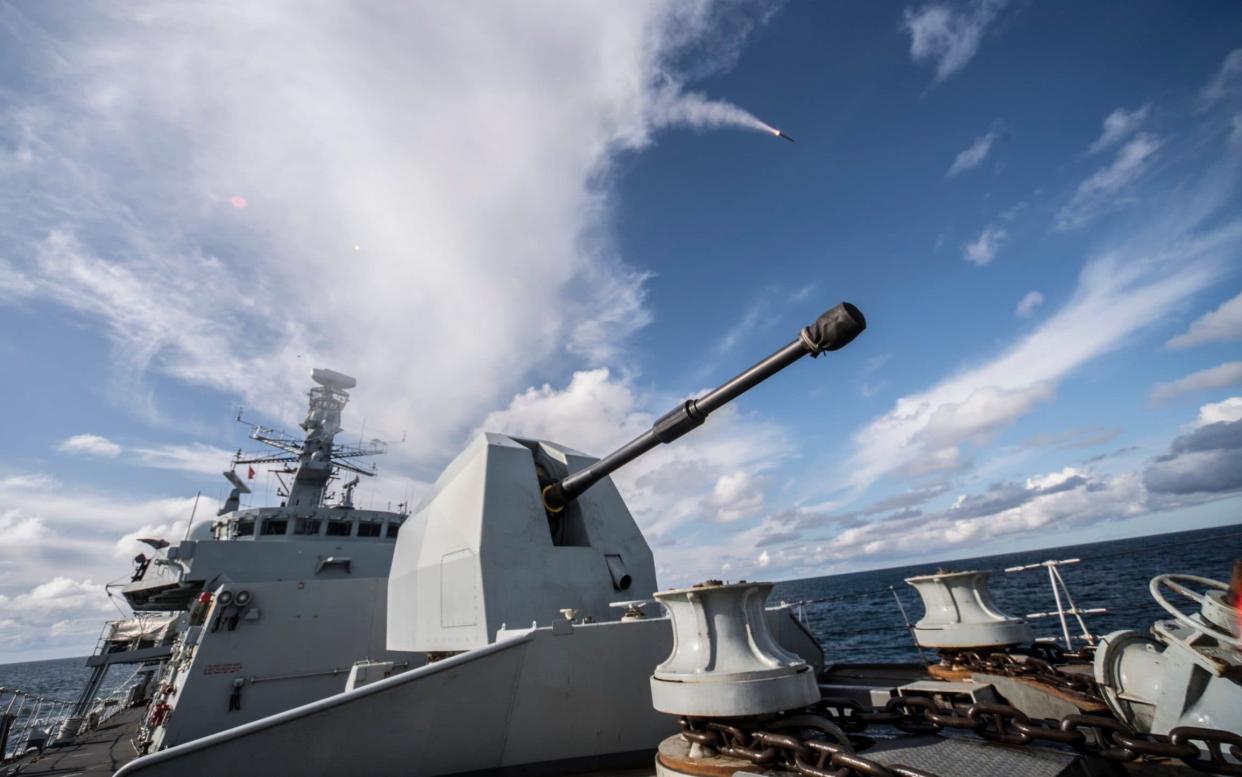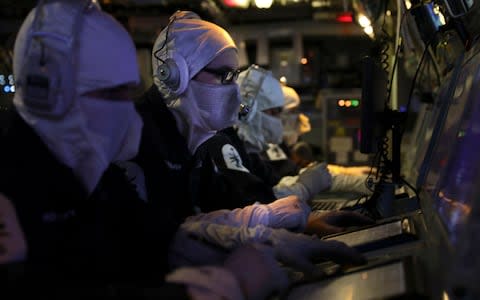Britain to send frigate to the Gulf in most serious naval deployment since 1971

The UK is to send a frigate to be “an enduring presence” in the Gulf, in the most serious naval deployment to the region in more than 40 years, the Defence Secretary has announced in a show of support for Nato.
A Royal Navy Type-23 Frigate will be based from the UK’s new £40 million National Support Facility at Mina Salman in Bahrain, unveiled by Crown Prince Salman bin Hamad Al Khalifa and the Duke of York last month.
Britain has not had a similar posture since 1971, when HMS Juffair in Bahrain was closed following the country’s declaration of independence.
Speaking at the Sea Power conference at the Royal United Services Institute, Gavin Williamson warned “liberty, justice and tolerance are under attack from every angle” and Britain must work with allies to defend common interests. “NATO couldn’t be more relevant”, he said.
He said that Britain will invest heavily in the Middle East and weave a web of partnerships with allies.

A Navy spokesman told The Telegraph the Gulf "forward deployment shows the Royal Navy is going back to the principle of being a more reactive and more available force”.
The maritime force will work under Operation KIPION as part of the UK’s support to the US-led coalition of maritime forces in the region. The enduring commitment demonstrates Britain’s ongoing commitment operationally and diplomatically in the region, naval sources told The Telegraph.
Britain has had a presence in the Gulf for decades, but the three-week sea passage to deploy and recover a ship meant there were long periods with no Royal Naval assets in the region.

The plan to base a Type-23 Frigate – and from the mid-2020s the next generation Type-31 – would likely see the whole ship’s company flown out to take over the vessel based in Bahrain.
Routine maintenance of the ships would be carried out at the Mina Salman base, with the ship likely to remain in the region for about three years.
The more comprehensive depth servicing every five to 10 years will be done in the UK.

Smaller minehunter vessels have been based in the region for the last 10 years, but crews have deployed via Royal Fleet Auxiliary ships. The use of the new support base and a Type 23 frigate is a step change in naval capability.
The Defence secretary also spoke of to the “increasing aggression and increasing assertiveness” of Russia. In 2010 the Royal Navy had to respond once to a Russian navy vessel approaching UK territorial waters. “Last year we had to respond 33 times”, he said.

 Yahoo News
Yahoo News 